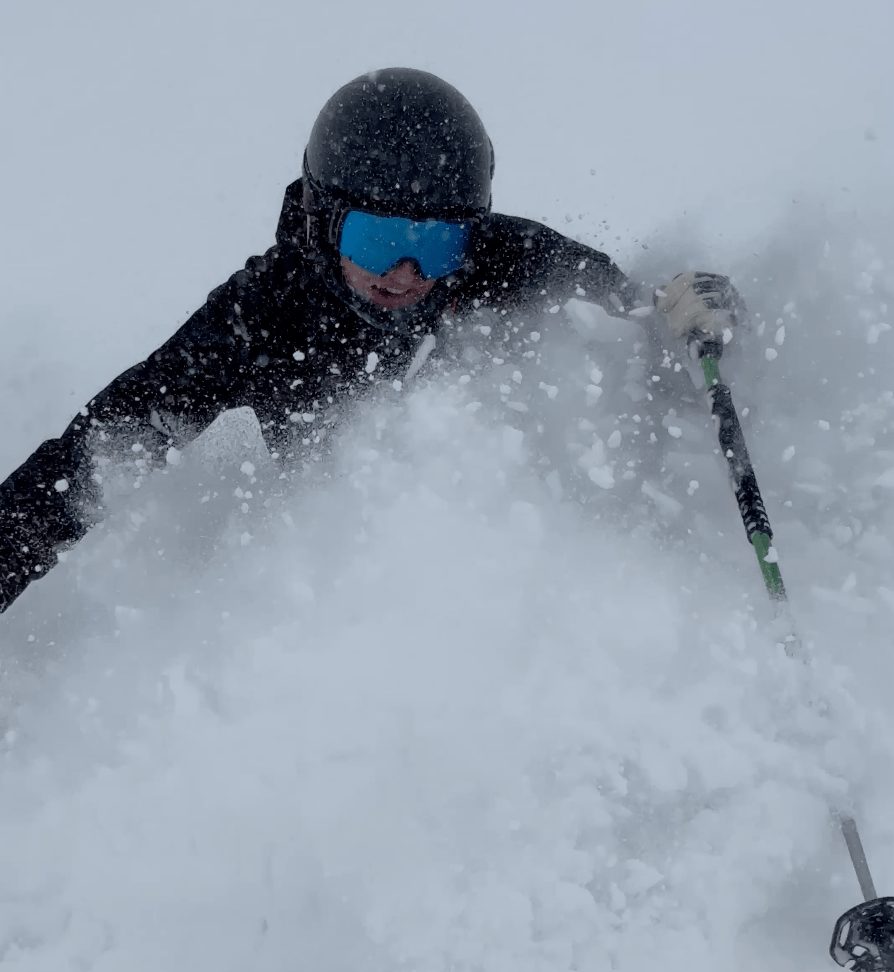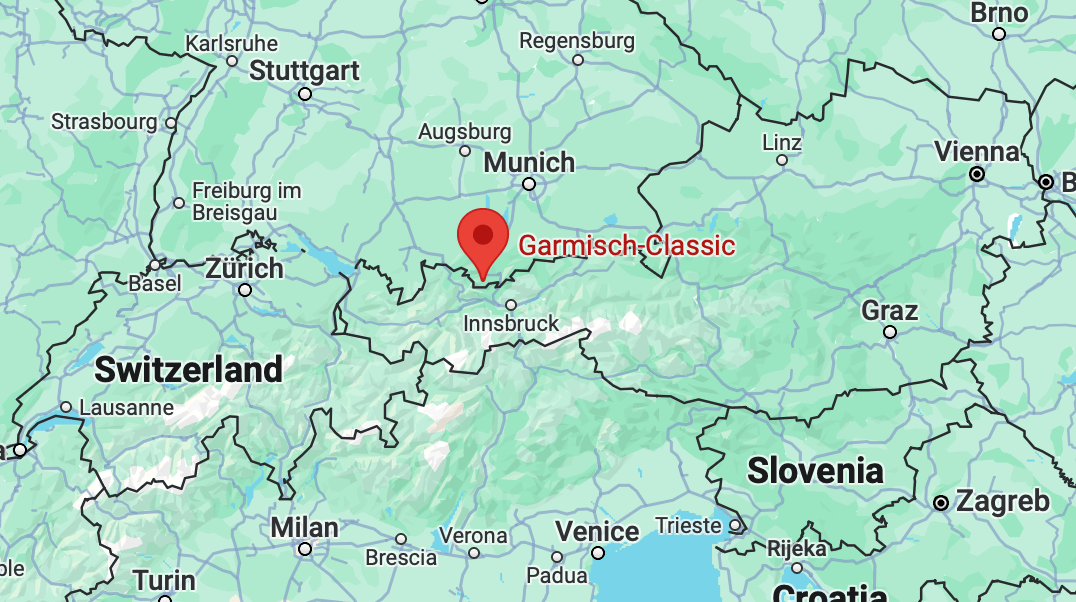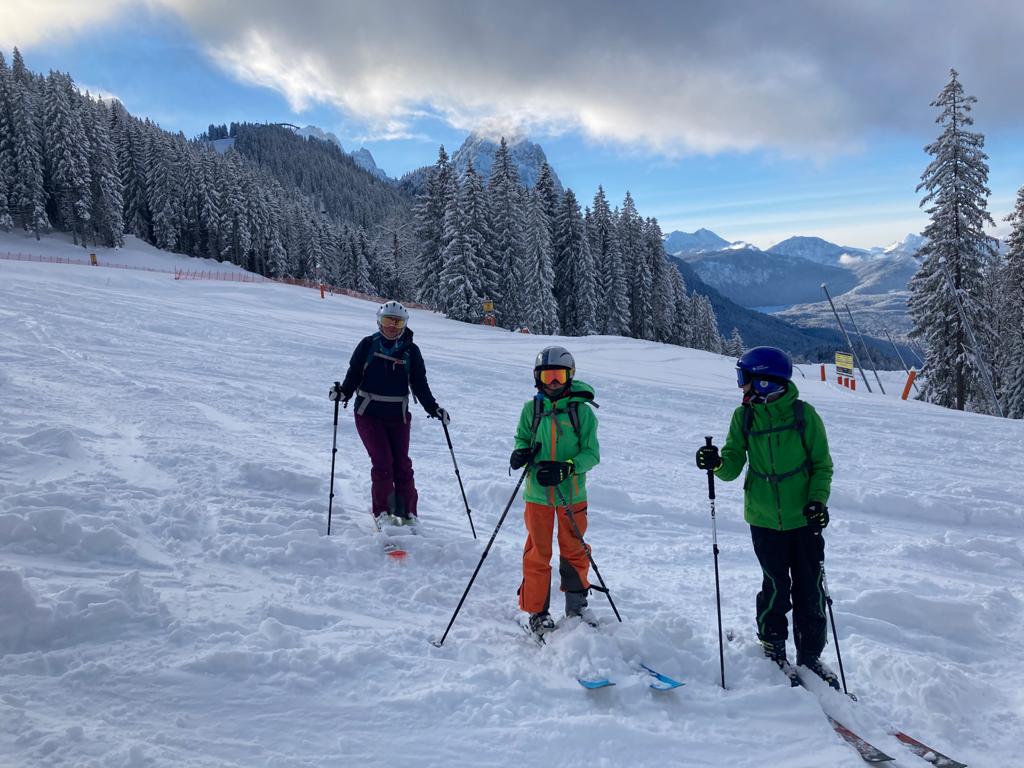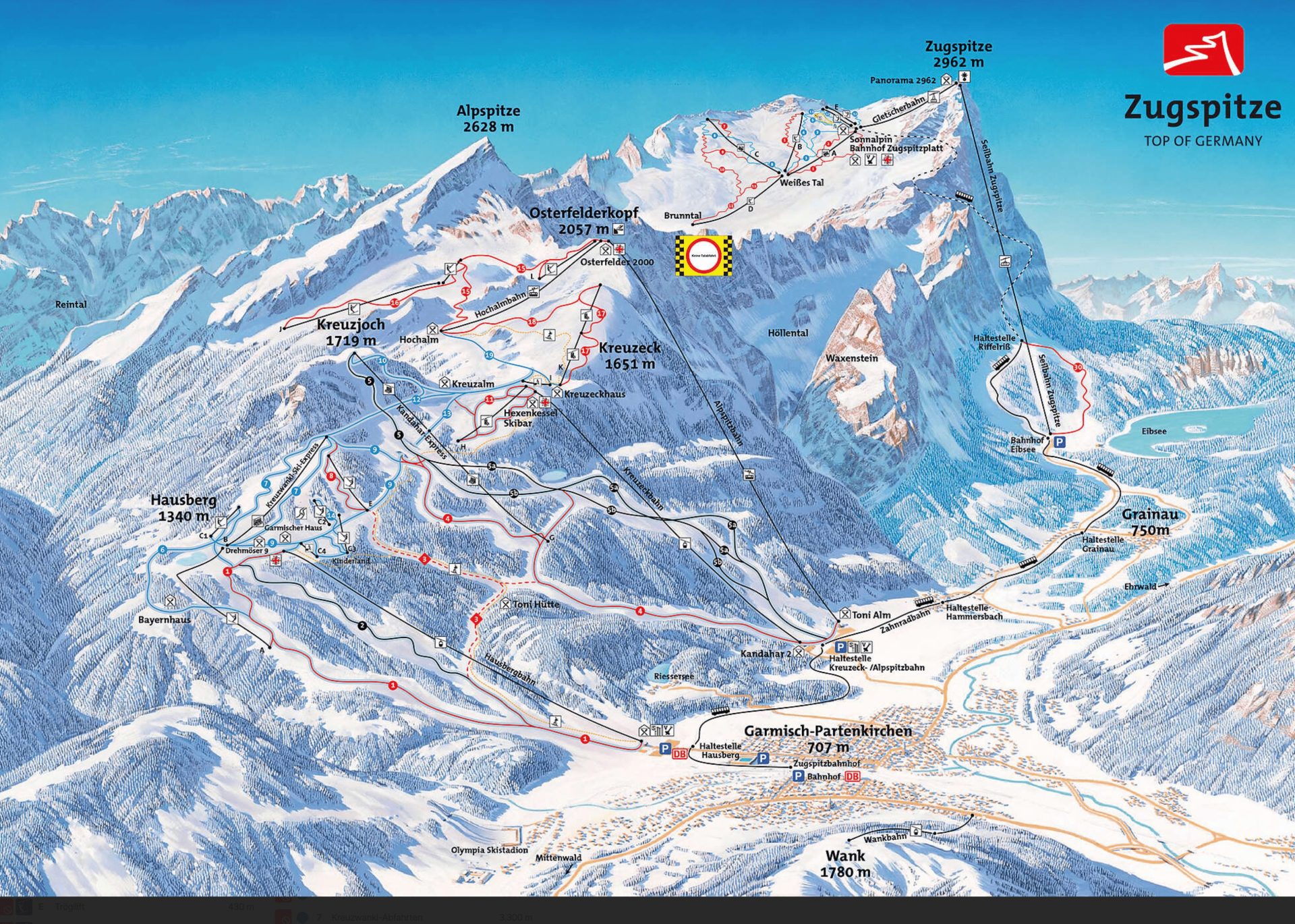
I learned skiing on once-a-year family trips to Italy, where I did my first laps on skis at age five and got hooked immediately. Soon enough, these vacations weren’t enough to fulfill my need for skiing, so my dad put both me and my brother in a local ski racing program, which trained at Garmisch Classic and Zugspitze ski area, just 31 miles away from my hometown, Weilheim and around 62 miles away from Munich. We had visited the area frequently in earlier years, not for skiing but for hiking in the summer.

Around age 10, I started skiing every weekend, and snow sports became as important to me as they are now, seven years later. During December, I trained on the Zugspitze, Germany’s highest mountain at 2,962m (9,717ft). Its altitude makes for secure and stable conditions, and the wide-open terrain is a powder hound’s dream. The ski area consists of two chairlifts and four t-bars, accessible either by cogwheel train or by one of the world’s most modern gondolas, which covers almost 6,000 vertical feet. The area has around 12 miles of slopes, but unfortunately, no expert runs. However, this is compensated by the amazing views of the German, Austrian, and even Italian Alps on clear days. The Zugspitze holds a special place in my heart and has influenced me significantly. It is where I experienced my first powder days, did my first backcountry turns, and passed my ski instructor exams.
In January, when snow finally fell in the valley, training began in the Garmisch Classic area, a ski area located just a few miles north of the Zugspitze. The area spans over three different mountains and offers a much larger variety of terrain and slopes, ranging from a magic carpet to one of the Alps’ steepest runs, the Kandahar. When skiing on the over 24 miles of slopes, skiers can experience both historic two-person chairs and modern gondolas and heated chairlifts. Skiers looking to experience Germany’s rich cuisine can do so in one of the huts scattered around the mountains. These huts were one of the highlights of each day, with their amazing food and sense of community. The cherry cake or the Apfelstrudel on the Kreuzalm are among my comfort foods to this day.
During the COVID lockdown four years ago, the lifts stood still, and because we were still eager to ski, we rented ski touring equipment for the first time and hiked up the mountain. The solitude and peace I experienced ski touring and skiing in the closed area changed me and my goals in skiing. When the lifts started rolling again, I was entirely hooked on freeriding. I started exploring Garmisch differently, going off the groomed runs and skiing the tree-lined chutes, doing cliffs, etc. This ultimately led to me spending a season in Kicking Horse in Canada. Garmisch not only changed the way I ski but also changed my life as a whole.

Resort Statistics
The Zugspitze has 12 miles of slopes, consisting of four miles of blue slopes and eight miles of advanced terrain. The slopes are accessible via two chairlifts and four T-bars. The skiable terrain stretches over 2,362 vertical feet.
Garmisch has 24 miles of trails: seven miles for beginners, 11 miles for advanced skiers, and six miles for experts. The vertical drop from top to bottom spans 4,265 vertical feet. The lifts consist of four gondolas (including two trams), four chairlifts, and twelve T-bars. The two ski areas are connected by a cogwheel train.
Trail Map
Beginner trails are marked in blue, advanced in red, and expert-level slopes in black.
